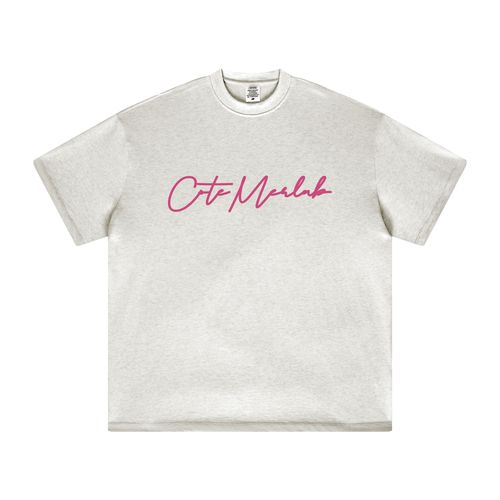Fabric is an important material for making clothing and household items. Different fabrics have their own characteristics, including texture, feel, breathability, comfort, etc. Below we will introduce several common fabrics and their differences, advantages and disadvantages.
1. Cotton: Cotton is a commonly used natural fiber fabric that is soft, comfortable and breathable. It has good hygroscopicity, is skin-friendly and easy to handle. However, cotton wrinkles and shrinks easily, so it is less suitable for garments that need to maintain their shape.
2. Linen: Linen is a fabric made of flax fiber. It is very breathable and has good moisture absorption and perspiration wicking functions. Linen is also more durable, but wrinkles easily, so it needs to be ironed frequently. In addition, linen is sensitive to sunlight and fades easily.
3. Silk: Silk is a high-grade fabric with luster and softness. It performs well in temperature regulation, keeping you cool in the summer and warm in the winter. Silk is skin-friendly and has some antibacterial properties. However, silk fades easily and is not resistant to wear and tear.
4. Polyester: Polyester is a synthetic fiber fabric with good durability and wrinkle resistance, easy to clean and quick to dry. It has good elasticity, is not easily deformed, and is not prone to static electricity. However, polyester is less breathable and not as comfortable as natural fibers.
5. Nylon: Nylon is a strong and durable synthetic fiber fabric with good stretch and strength. It is suitable for making sportswear and is waterproof and windproof. However, nylon is not breathable, easily accumulates sweat, and easily generates static electricity.
6. Wool: Wool is a fabric made from sheep hair and has good warmth retention and moisture absorption. It is a natural insulating material suitable for cold climates. However, wool clothing requires careful maintenance and is prone to pilling or shrinkage.
The above-mentioned fabrics are just a few of the many fabrics. Each fabric has its own unique characteristics and uses. When choosing fabrics, you need to comprehensively consider the material characteristics, Factors such as the purpose of the garment, comfort level and personal preference. In addition to the fabrics mentioned above, there are also polyester fibers, acrylic fibers, Lycra, etc., which also have their own unique advantages and application fields.
When purchasing clothing or household items, understanding the advantages and disadvantages of different fabrics will help you choose products that suit your needs, as well as maintain and use them correctly. product, extending its life. Please choose the fabric that best suits your specific needs and budget.





